On November 28, following the OPEC (Organization of the Petroleum Exporting Countries) meeting, oil proceeded to plunge over 10 percent. At the meeting, OPEC decided not to cut production, in order to match demand, but continue to overproduce and drive the price lower. OPEC by its very nature is a cartel, a group of companies conglomerating their vast resources and market shares to make output decisions that affect the market as a whole. A cartel may not have full influence over the price of a good or commodity but can greatly influence its general price level in order to serve the interests of the group. OPEC is made up of many diverse countries, ranging from Iran and Saudi Arabia to Venezuela and the UAE. These countries encompass many geographic, economic, and cultural differences, but are driven to cooperate for their economy’s major export, oil.
Oil is an essential commodity for every nation on the planet. With major changes in price, its effects are sure to be felt. In the past six months oil has fallen from over $100 per barrel to $61 per barrel. This sudden drop is the culmination of several things, a strong US Dollar, geopolitical tensions, increased non-OPEC production, and OPEC’s reaction to increased production. By assessing these four factors, one can comprehend why oil has fallen and just how low it might go from here.
The US Dollar has been on a bull run since July. As the value of the dollar increases, the price of oil measured in US dollars will decrease, as long as the value of oil does not appreciate more than that of the dollar. This was part of the reason why the price of oil has been gradually falling since this past July.
Geo-Political tensions are also a reason for falling prices. The US relationships with both the Saudi’s and the Russians are key when examining the political effects on economies. US relations with Saudi Arabia have become strained, which is an entire topic in itself, and relations with Russia have become tense as a result of political upheaval in the Ukraine. Oil can be wielded as a weapon and political tool against Russia. Oil and gas exports make up 68% of the country’s total exports. So by slicing oil prices, Russia’s oil and refining companies, as well as their economy, are hit hard.
A major factor in determining global oil supply is the production from non OPEC members. The amount of barrels produced per day by non OPEC members has been growing steadily since 2000. Most of this growth can be attributed to the United States, and its surge in production. This increased oil drilling has come from new startups in the North Dakota oil boom and from offshore drilling. This increased supply is not being exported but is instead used by consumers in the US. This cuts the global demand for oil and makes business less profitable for other oil-producing countries. The domestic oil boom in the US can be attributed to the high price of oil from foreign sources. This made it profitable to bear the high start-up costs of more oil wells in the US. But as the supply on the market increased and the demand began to decrease, the US, and OPEC have historically called on Saudi Arabia to slow its production in order to keep the global price high. This is at the expense of Saudis and consumers abroad but to the benefit of other oil-producing countries.
This is where the reaction by Saudi Arabia and OPEC have had so much to do with the low price of oil. The burden of an artificially high price of oil was placed squarely on the backs of the Saudis, and they found it in their best interests to dump off that burden, even if it meant plummeting prices. Since Saudi Arabia is a major oil producer and part of an oligopoly, it has a large part in the setting of the international price of oil. If they were able support high global oil prices, they can easily do just the opposite and drag them down. This strategic move shifts the burden from themselves, to new oil producers that caused the increase in supply the first place, this being the US producers. These new producers were created because of high oil prices, and still have enormous start-up costs that need to be paid off. By being critically dependent on high oil prices, US producers have nowhere to turn in this low-priced market. They can’t export the oil from the US, it’s against the law, so they either cut production like the Saudis once did or suffer the devastating consequence of cheap oil on their businesses. One can see these effects in the sector of energy stocks, which have seen very large declines in the past couple of months.
This move is considered strategic by the Saudis because it directly targets US producers but attempts to not injure its engineers. OPEC nations incur cheaper costs to produce oil because their industry has already been established and the cost of labor is cheaper. This allows these countries to sell oil down to below what US producers can and still manage to turn a profit. A price drastically low, say $40, as some analysts have poorly estimated, would gouge Saudi Arabia’s economy. OPEC and Saudi Arabia can carry out a pinpoint attack on the excess US producers by directly sustaining a moderately low price of oil. It is in the interest of OPEC to allow the price to reach this low point where it hurts US producers, but doesn’t simultaneously destroy its own countries’ exports. An extreme price of $40 per barrel would be nonsensical for OPEC members as it is not sustainable and would put them out of business in the long run. It’s a huge balancing act for OPEC. Fortunately, this magic oil price is calculable. Analysts, who have taken the above factors into calculation and applied the costs of oil production in specific nations, have found that the sweet spot is right around $60 per barrel. The hope for the Saudis and OPEC is that this price drop will force US producers to cut production and restore the global price back to a higher level.
Analysis by Andrew Gehrig
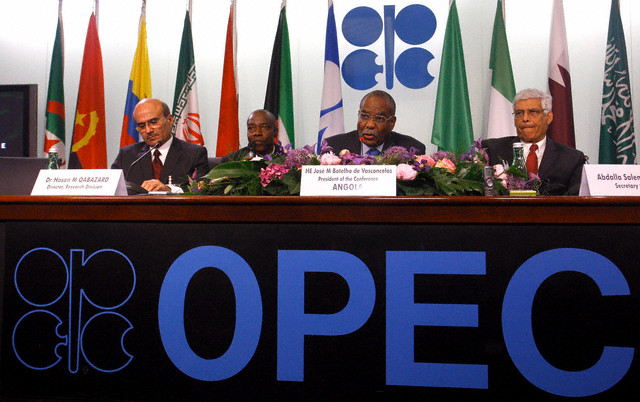
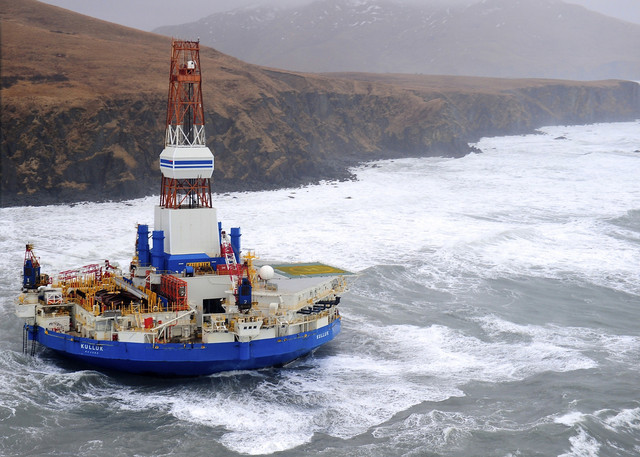

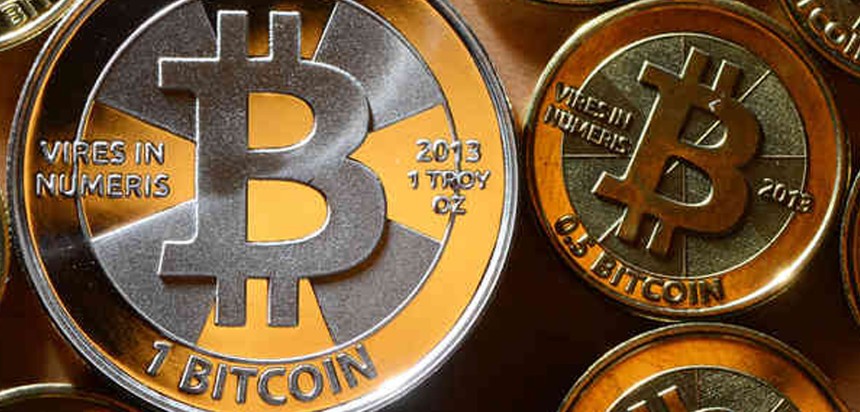
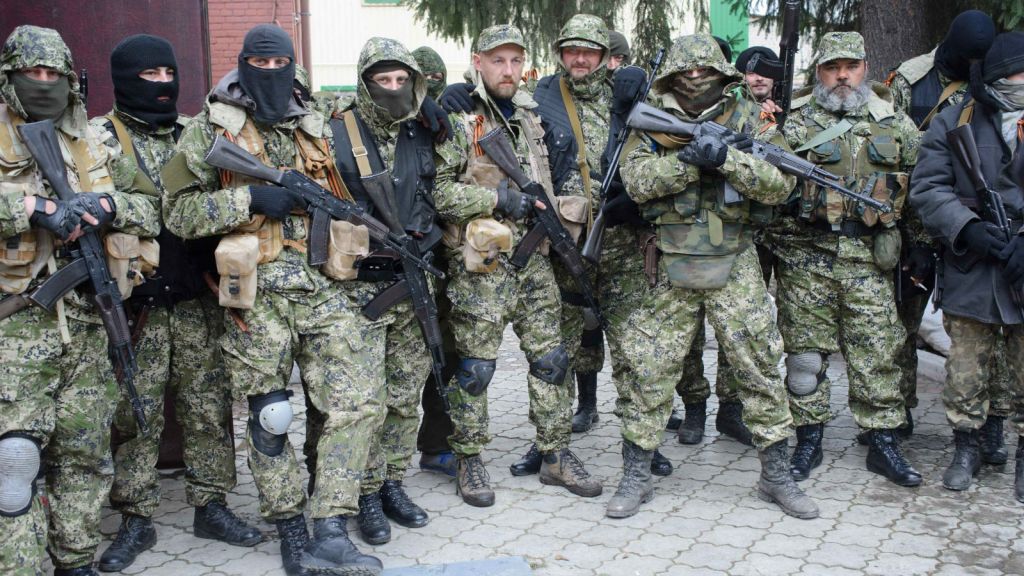


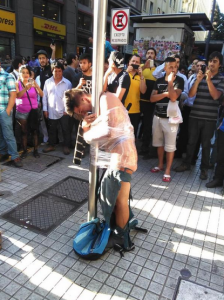
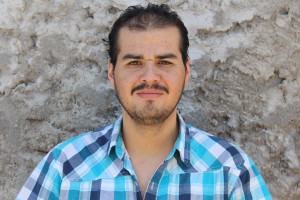
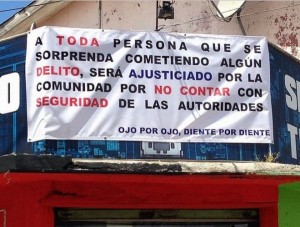




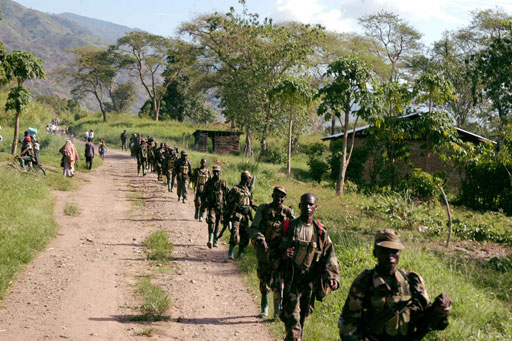
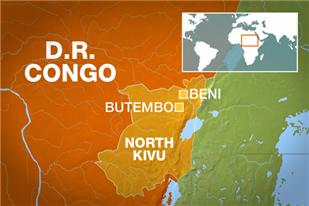
![narchist 18-year-old in Ixtapa lit on fire by comrades in act of civil disobedience [video-warning: graphic]](https://thespeakernewsjournal.com/wp-content/uploads/2014/12/florentino-1024.jpg)